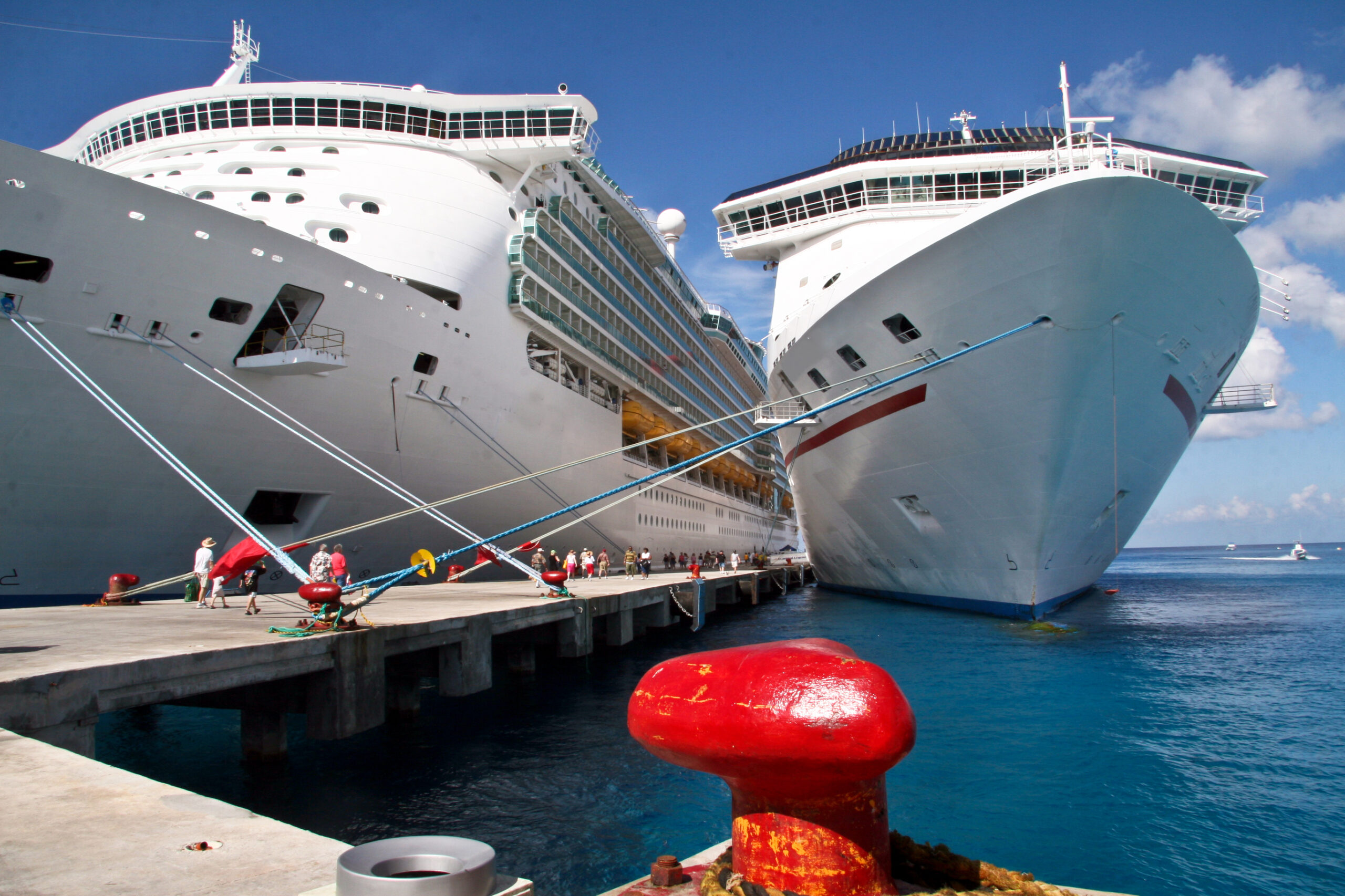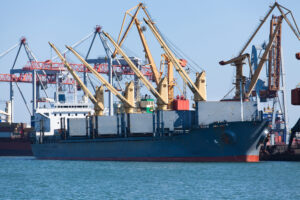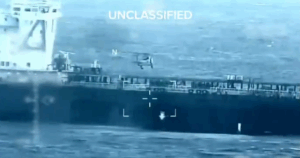Marine insurer Gard says it has recently registered several incidents of broken mooring lines, particularly during strong wind gusts. Most incidents involve cruise vessels, but other large vessels are also at particular risk.
Gard reports that in several recent cases, wind speeds exceeded 80km/h (wind force 8+ Beaufort scale).
As it is stated, no severe damages or personal injuries were reported, but the incidents still serve as an important reminder of how important it is to ensure safe mooring operations.
Broken mooring lines often cause hull damages involving one or more vessels and can also lead to severe port structure damages. Moreover, failure of mooring lines can lead to pollution or other severe accidents, including loss of life.
In fact, from 2016 to 2021, IG clubs received reports on 858 injuries and 31 fatalities related to mooring operations.
Gard analysis of mooring lines accidents have shown that they often could have been prevented by proper inspection and maintenance as well as by improved preparedness for critical situations.
Officers and crew awareness of the environmental loads their equipment is designed for is of critical importance.
Factors such as strength of winds and currents, water depth, and other environmental conditions play significant roles in these incidents.
Gard points out that large vessels, like cruise ships, container vessels, ferries, ro-ro vessels, and car carriers, are particularly at risk.
Cruise ships have increased considerably in size over recent years, and larger loads are therefore applied on the mooring lines.
Gard also highlights recent amendments to SOLAS Reg. II-1/3-8, which became mandatory on January 1, 2024. These amendments introduce new requirements for all elements used in mooring operations.
While Circ.1175/Rev.1 and Circ.1619 which provide updated standards for the design and construction of shipboard fittings and supporting hull structures only apply to ships built on or after 1 Jan 2024, Circ.1620 applies to all ships. It provides guidance for maintenance and inspections of mooring equipment, criteria for identifying worn-out lines and tails, and criteria for selection of replacements.
Gard also makes recommendations regarding the actions needed the master to take as “safety should always be the top priority when making decisions regarding mooring operations.”



